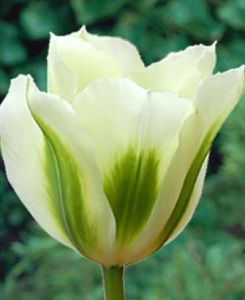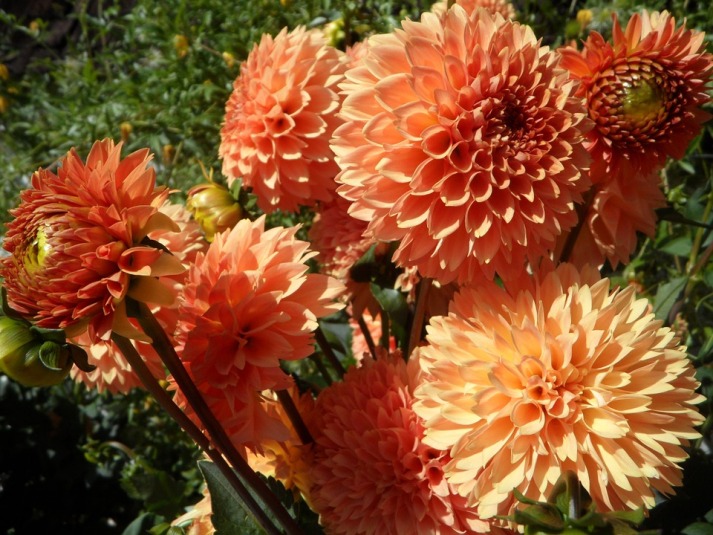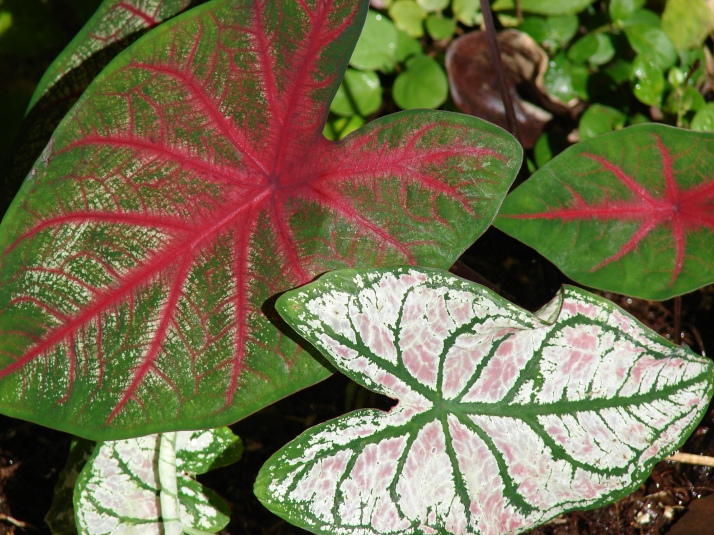Tulip lovers stretch the season by planting lots of different species and cultivars. Though each only blooms for a short time, the tulip parade can last two full months if you plan it carefully.
Early: The first tulips are low to the ground, including the wide-leafed Kaufmannianas, sometimes called water-lily tulips because of the shape of the flowers, and Gregii’s, known for their mottled leaves. Soon after them come Emperor, aka Fosteriana, tulips, the earliest of the long-stemmed types; Single Early, which is usually slightly taller than Emporor; and Double Early, ditto.
Mid Season: Once the days lengthen and weather warms up, you’ll get Triumphs, first of the truly long-stemmed florist’s types, which come in a wider range of colors than the early birds. Also Peony-flowered tulips, known for their lush doubleness; and Giant Darwin, the florist’s tulip on steroids.
Late: This is the season for Darwin tulips, also known as Single Late, the classic tall-stemmed cups of color that first come to mind when you hear the word tulip. It’s also the time for exotica: huge Parrot tulips, with their twisted and ruffled petals; urn-shaped Lily-flowered tulips; Viridifloras, with flames of green rising up the outside of the brightly colored flowers; and Fringed tulips, sometimes listed as Tulipa crispa, their petal edges frilled with narrow teeth that glow when the light shines through.
Species: There are dozens of species tulips available, primarily through mail order. Smaller and more delicate than garden tulips, they are mostly mid-season bloomers, with a few earlies, such as the tiny white T. biflora, and a few members of the late show, such as the bright red T. wilsoniana (T. montana). The available array keeps growing, so it is best to buy from a purveyor who is clear about blooming time in the catalog.





